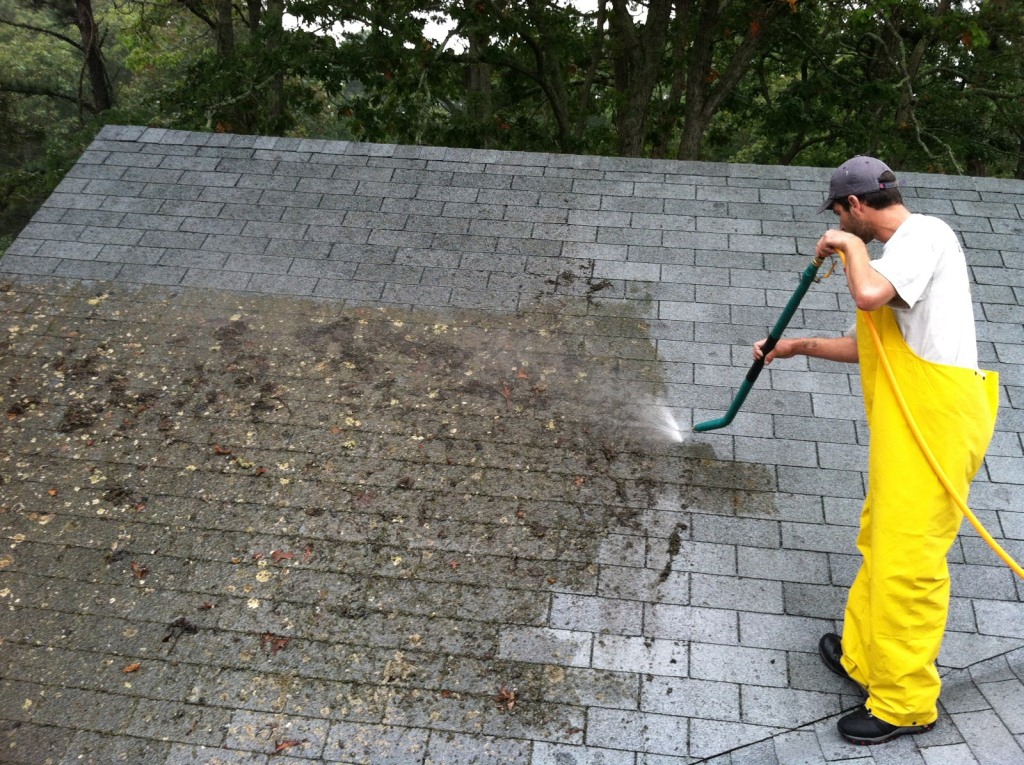
13 Oct What is the Process of Removing Moss from a Roof?
Moss thrives in damp environments – which is why it can be found on your roof if you live in an area that’s frequently exposed to wet weather.
As moss thickens and grows, it can begin to work its way underneath the shingles, moving and lifting them slightly. Once this happens, water can be absorbed beneath the shingles – leading to leaks. On the other hand, too much moss could mean that a strong wind may rip shingles from your roof entirely – either way, you could be dealing with water in your roof.
The more moisture your roof is exposed to, the more the wood could rot, leading to expensive fixes. Here’s some guidance on the process of removing moss from a roof, so that you can avoid unwanted repairs.
Step 1: Prepare Yourself
First of all, make sure that you never climb up onto a roof without being absolutely sure that the surface is sturdy and strong enough to hold you. The last thing that you want is to get onto your roof to remove moss, only to go crashing through to the attic. Not only is this dangerous for you, but it could mean that you’re left with huge repair bills too!
Step 2: Remove the Moss
- Brush Away the Moss
Using a long-handled brush, you can dislodge the moss from your roof and knock it to the floor. Try not to use the brush too forcefully in this case, as you don’t want to damage the roof. Once the majority of the moss is cleared away, you can use specialty moss remover soaps to clean the roof itself.
- Spray with Hot Water and Salt
If you’re looking for a natural moss-remover, sea salt and hot water can be ideal for getting rid of moss. Simply use a spray bottle to apply the mixture and allow it to soak in for twenty minutes before scrubbing the moss away.
- Use Bleaching Products
Look for various products that contain bleach and use them by following the manufacturer’s instructions. Remember that these substances generally aren’t corrosive to metal – so they can be used in areas where the structure is made of metal. You may need to re-use a bleach solution once per year in order to maintain your results.
Step 3: Perform Regular Maintenance
The best way to protect your roof from moss is to deal with the issue as soon as you begin to notice it. Don’t allow moss to simply build up over time.
Keep in mind that there are some things you should never try for moss removal, such as pressure-washing, which can force water underneath shingles and lead to serious problems. Stay away from acidic mixtures too, as they might eat away at roof materials.


Sorry, the comment form is closed at this time.